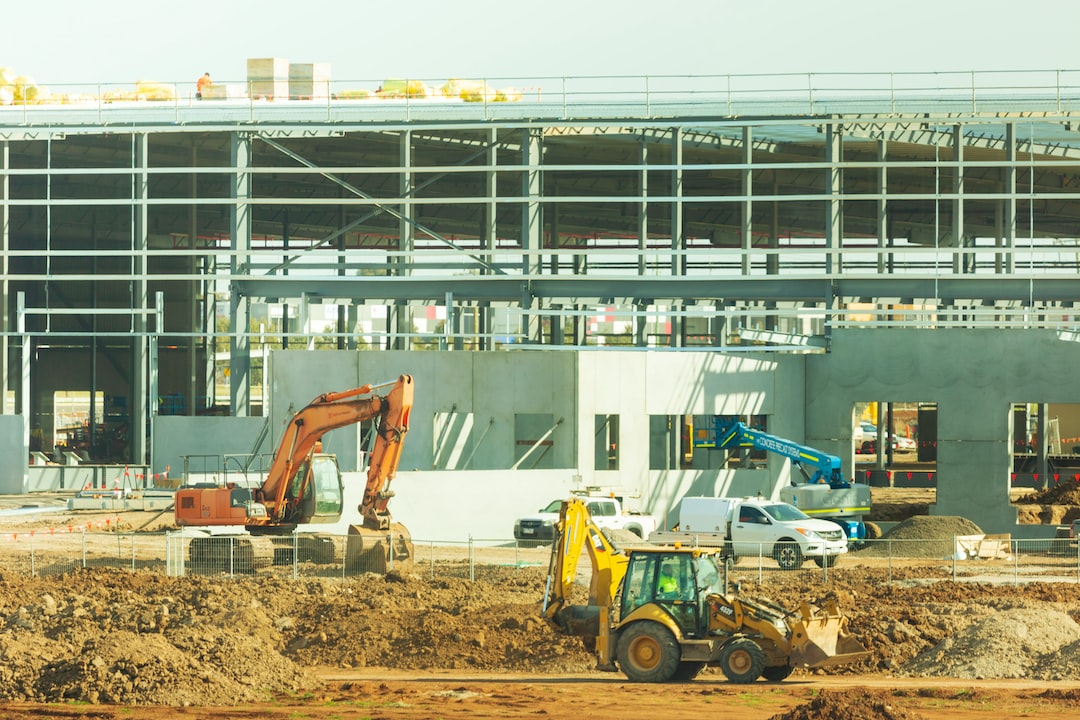The Importance of Proper Tire Maintenance for Safety
When it comes to vehicle maintenance, one aspect that is often overlooked is the condition of the tires. However, proper tire maintenance plays a crucial role in ensuring road safety and preventing accidents. Ignoring tire maintenance can lead to tire blowouts, reduced traction, decreased fuel efficiency, and even loss of vehicle control. In this blog post, we will discuss the importance of regular tire maintenance and the steps you can take to ensure your tires are in optimal condition.
Tire Wear and Tread Depth
One of the most critical aspects of proper tire maintenance is checking for tire wear and maintaining an appropriate tread depth. Worn-out tires significantly reduce a vehicle’s ability to grip the road, especially in wet or icy conditions. Insufficient tread depth can result in hydroplaning, where a vehicle loses contact with the road due to the build-up of water. This can lead to a complete loss of control. Therefore, it is essential to check your tire’s tread depth regularly and replace them when they reach the minimum legal limit.
Tire Pressure
Maintaining the correct tire pressure is another vital aspect of tire maintenance for safety. Underinflated or overinflated tires can lead to various issues. When tires are underinflated, they generate excess heat, increasing the risk of a blowout. It also affects the vehicle’s handling and fuel efficiency. On the other hand, overinflated tires reduce traction, making it challenging to control the vehicle, especially in wet or slippery conditions. Therefore, it is crucial to regularly check and adjust tire pressure, keeping it at the recommended levels specified by the vehicle manufacturer.
Alignment and Balancing
Proper alignment and balancing are necessary for optimal tire performance and longevity. Misaligned tires can cause uneven tread wear, leading to reduced traction and compromised handling. It can also lead to steering instability and cause the vehicle to pull to one side. Similarly, unbalanced tires can result in uncomfortable vibrations, premature tire wear, and even damage to suspension components. Regularly checking and correcting the alignment and balance of your tires will not only improve safety but also ensure a smoother ride.
Routine Inspections
Regular inspections of your tires are crucial in identifying any potential issues before they become major safety concerns. Look for signs of damage, such as cuts, bulges, or punctures. These can lead to sudden tire failure if not addressed promptly. Additionally, keep an eye out for any unusual wear patterns, such as cupping or feathering, which may indicate alignment or suspension problems. If you notice any irregularities, it is recommended to have a professional mechanic inspect your tires and fix any issues.
Seasonal Considerations
Tire maintenance should also consider seasonal changes. Different weather conditions necessitate different types of tires to ensure optimal safety. For instance, using winter tires in colder climates significantly improves traction and control on icy or snow-covered roads. Conversely, using summer tires in warmer weather enhances performance in terms of grip and stopping distances. Switching to the appropriate tires for each season is an essential step in maintaining your safety on the road.
In conclusion, proper tire maintenance is critical for ensuring road safety. Regularly checking tire tread depth and wear, maintaining proper tire pressure, aligning and balancing tires, conducting routine inspections, and considering seasonal changes are all essential steps that should not be overlooked. By following these practices, you can prolong the life of your tires, improve vehicle handling, enhance fuel efficiency, and most importantly, reduce the risk of accidents and ensure the safety of yourself and other road users.

